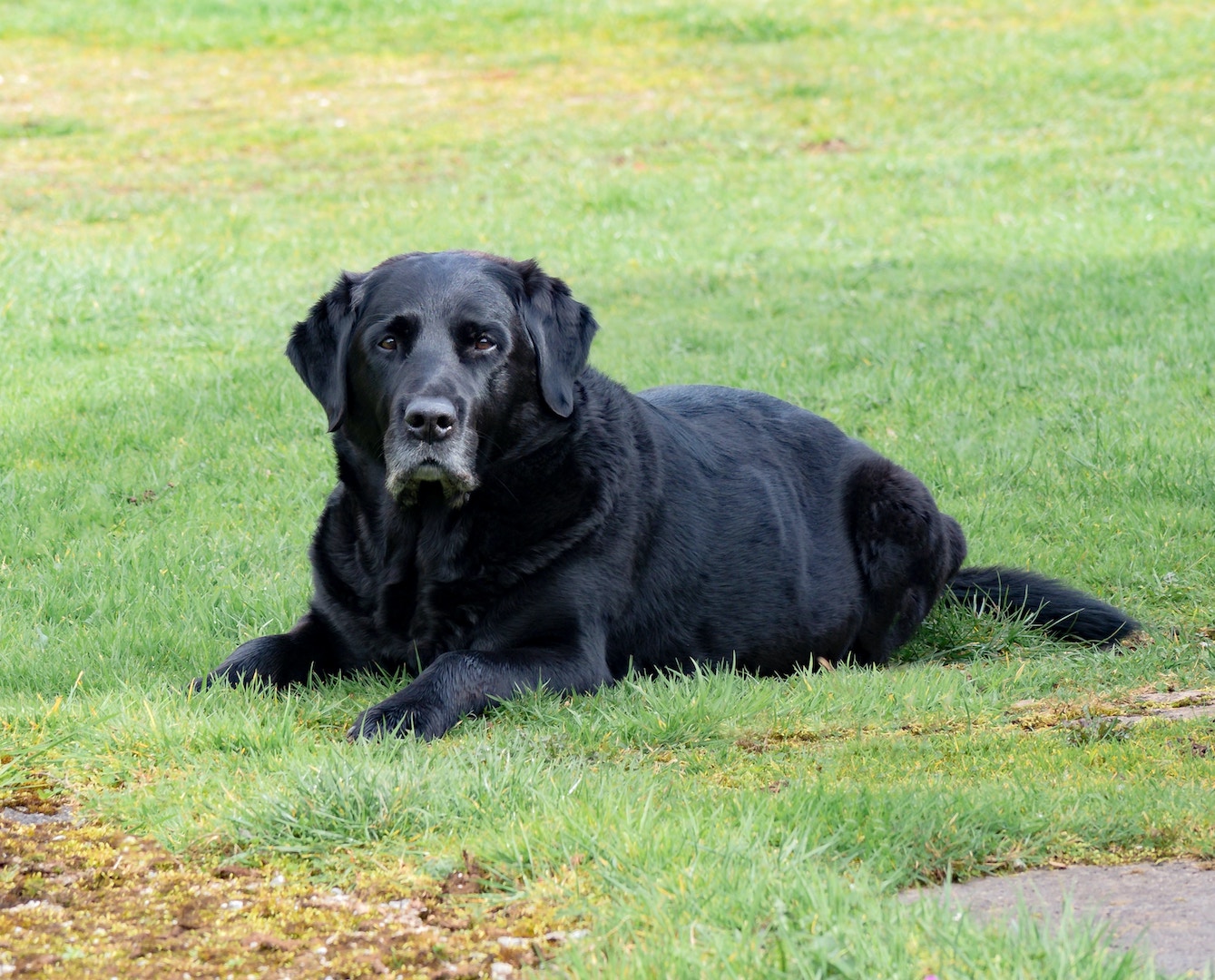As highly complex creatures, humans are constantly changing. But how do people change exactly? It seems impossible to change someone’s mind when discussing politics, including my own. And, most people who are stuck in a pattern of life choices will never change the way they act—but some do. Let’s explore the reasons behind stubborn conversations and the secrets behind how people can achieve seemingly impossible transformations.
In college, my roommate and I would get into heated arguments about women’s issues with our neighbors, two guys. I remember how my face would flush with rage and my heartbeat would skyrocket. I would leave conversations feeling so fundamentally angry. I would sometimes need to stop them prematurely, unwilling to continue engaging. How could they believe that? What?
I was also pretty close-minded. We all were. The conversations were arguments, both sides aimed at winning instead of learning. Why is it so hard to have conversations on these topics? Why is it so hard to change someone’s mind? Including your own?
There’s a reason it’s so hard to change someone’s mind. And, it’s not because you’re bad at debating.
Is it because, fundamentally, people can never change? That their innate stubborn desire to adhere to their beliefs leaves them incapable of listening to other viewpoints?
People’s Minds Are Often Not Led By Reason or Facts
Research shows that, despite public belief, people’s minds are often not led by reason or facts. Instead, forces like confirmation bias and group membership shape their judgment and belief systems.
In 2017, the New Yorker reported on a Stanford study that shows confirmation bias in action. In the study, researchers presented two made-up studies to two groups of students with opposing views on capital punishment. The study found that “those who’d started out pro-capital punishment were now even more in favor of it; those who’d opposed it were even more hostile.”
Not only did the participants demonstrate their bias towards data that reflected their views, they also demonstrated a core principle of confirmation bias: once people find data to support their view, their bias becomes even stronger.
According to Psychology Today, a person’s adhesion to a group can be stronger than we may understand. Public health specialist, Sara Gorman, and psychiatrist, Jack M. Gorman, explain how an irrational idea that connects you to a group works like an addictive drug.
“Agreeing with the group stimulates the reward pathway; trying to defy the group stimulates many of the same brain regions that fire during drug withdrawal,” the article states. This stimulation explains why and how people can believe so strongly in anti-science beliefs that are supported by group membership rather than founded on fact or reason.
Once someone is a member of a group that shares a strong belief, it becomes very difficult to change their mind. Risk perception expert David Ropeik explains that, as social animals, people rely on their group for safety and protection.
Being disloyal, by showing a dissenting opinion, “literally feels dangerous, like the tribe will kick you out,” writes David Ropeik.
Another obstacle that prevents people from changing their viewpoints is tied to identity. In 2017, Greater Good Magazine reported on how often people equate their beliefs with their identity. If someone needs to change a viewpoint, they will have to completely restructure the way they see themselves. For most people, this is simply too much to ask.
So, Can People Change?
While research shows how difficult it is to change, it also shows how widely and often it occurs. People can change. They change all the time.
One study done by the University of California suggests that as a society, humans have severely underestimated their ability to change.
Not only can people change, but people can change many different facets of their lives simultaneously.
In the study, participants showed “dramatic improvements in more than a dozen different outcomes, including strength, endurance, flexibility, working memory, standardized test performance, focus, mood, self-esteem, mindfulness[,] and life satisfaction.”
How Do People Change?
If change is possible, but difficult to achieve, how is it done?
In one study, psychologists Carlo DiClemente, Ph.D., and James O. Prochaska, Ph.D., followed the lives of 872 people as they tried to change their relationship with cigarettes. They noticed a pattern they called, “The Five Stages of Change,” where people went through pre-contemplation, contemplation, preparation, action, and maintenance stages. Of the five stages, people were most likely to absorb facts and information that influenced their decision to change once they reached the contemplation phase. Yet, the other four stages were equally important in their journey to change.
Change cannot be forced on an unwilling person. The person who changes, it appears, needs to want to change.
For people addicted to alcohol, some psychologists have found that motivational interviewing helps. Instead of “lecturing an addict about all the terrible things drugs and alcohol can do,” which can lead to more destructive behavior, motivational interviewing encourages participants “to articulate his or her own values, beliefs, and goals until a shared approach for behavior change is agreed upon between therapist and patient.”
Impossible Transformations: What About Extreme Cases of Change?
For gang members or people who are surrounded by a life of violence, this question of change becomes even more complicated. It is no longer simply about changing a person’s mind or bad habit. It becomes a matter of changing someone’s identity, or in some cases, their entire world.
From Neo-Nazi to Activist: Christian Picciolini
Christian Picciolini’s identity as a neo-nazi defined his entrance into adulthood. As a lost 14-year-old, he “grabbed on to a lifeline” and joined a white power organization, letting it shape him, his world views, and his sense of purpose. For eight years, he was an enthusiastic neo-nazi, recruiting new members, committing hate crimes, and running a white power record store.
Somehow, with time, his connection to the beliefs of the organization began to fade. On his own fruition, he chose to leave the movement. Now, he dedicates his life to helping people unlearn the hate they have for people they do not know or understand.
Piccolini has helped over 100 people leave the white power movement.
What leads to a decision like this? Watch his TEDxMileHigh talk:
From Gang Leader to Gang Interventionist: Gerardo Lopez
Gerardo Lopez’s story raises similar questions. How can a person escape something if it is their entire world? As a teenager, Gerardo joined the MS-13 gang in Los Angeles for a sense of safety, community, and purpose. Over the years, he was hardened into one of its leaders, engaging in gang violence, assaults, and prison sentences.
Yet, despite his power and success in the gang, Gerardo discovered his hidden desire to get out. He eventually succeeded, earned a degree in criminal justice, and became the executive director of Homies Unidos, a nonprofit focused on gang intervention and prevention for youth. How did he do this? Watch his TEDxMileHigh talk to gain insight:
We have the opportunity to listen to these stories of two men who achieved what appears to be an impossible transformation. How do you get out of a gang culture that engulfs your entire reality? How do you fundamentally change your mind to no longer believe in racist thoughts?
Three Factors that Enable Impossible Transformations
These talks teach us that change relies on the following factors to take place:
Self Discovery and Re-Identification: Excavating One’s True Needs
Both Christian and Gerardo had moments that reminded them of their true needs, redirecting them on their paths in life. When Christian’s son was born, he was conflicted about his identity. Was he a loving father or a hate leader? When Gerardo thought about it, he knew his initial desires to join MS-13 were based on a need for safety and community, not a desire to be violent or inflict pain on others.
Maslow’s Hierarchy of Needs reminds us that before someone can achieve self-actualization when they desire to be the best version of themselves, they need certain needs to be met.
Gerardo could not be the best version of himself because he lacked “safety,” “love and belonging,” and “esteem.” Christian’s attachment to white supremacy ideas was fueled not by a belief that they were true, but by a desire for “love and belonging” and a purpose. Once he was able to identify that the white power group was fulfilling that need, he was able to leave and fulfill that need somewhere else.
Finding a New Community to Replace the Old
As people cut out a destructive community in their life, they need to find another one to replace it. The needs that originally led Christian and Gerardo to join these groups did not go away. It was necessary for them to discover other places for them to fulfill these needs.
The same is true for people recovering from addictions. According to Psychology Today, “merely encouraging an addict to abandon his group is insufficient. It is important to offer the patient an alternative social network.”
Depending on Others for Consistent Support
Change can be impossible without a supporting community. As social beings, humans crave connection and understanding. If they are attempting a transformation, they need others to help them get there. It is collective work that falls on more than just the person who needs to change.
This, of course, relies on people who are willing and able to put in the emotional labor and energy required to help someone change.
This level of empathy and support can be dangerous. It also requires a certain level of privilege. People who are too close to the situation, in harm’s way, or are unwilling to engage should not be expected to.
Ideally, someone who is attempting a large change in their life should rely on professional or organized support. For example, a help group with people who have similar experiences.
Recognizing this need, both Gerardo and Christian dedicate their lives to helping others change because they have the emotional capacity and experiences necessary to.
Change is Possible
When I enter a conversation about women’s issues with my neighbors, it is helpful to be aware of how my views strengthen my sense of self and community. I need to actively choose to be open to other points of view because my instincts will always close, instead of open, doors.
Change, on a larger scale, is only possible when we work together. Yet, while people who are changing need help from others to succeed, the burden cannot be placed on others without their knowing consent.
Change is possible. The next hurdle is learning, as a society, to accept it once it happens. Stay tuned for an article that can help us accept change once it occurs, lower our skepticism, and take the next step. People can change, yes. But can we change and accept them back into society once they have?


















